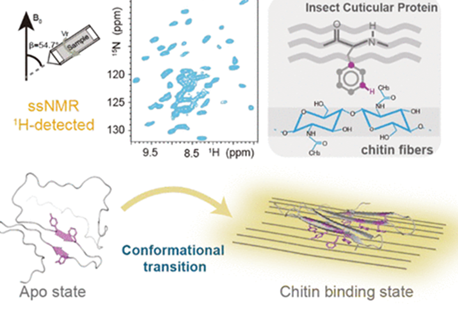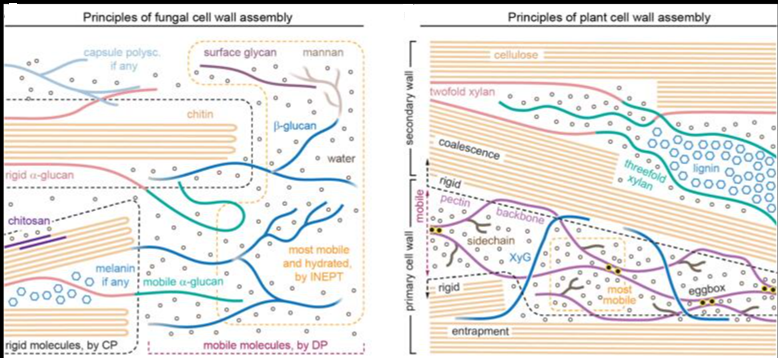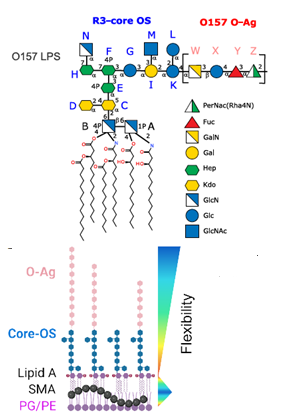The process by which plant cells expand and gain shape has presented a challenge for researchers. Current models propose that these processes are driven by turgor pressure acting on the cell wall. Using one constituent of the family of pectin ( e;g. the linear homogalacturonan polysaccharide (HG)) the authors suggest the occurrence of a in muro nanofilament that would represent a quaternary level of structural organisation. Using nano-imaging (super-resolution three-dimensional direct stochastic reconstruction microscopy and cryo-scanning electron microscopy) the authors show that the pectin nanofilaments possess an intrinsic expansion capacity. Further, the authors use growth models containing such structures to show that a complex plant cell shape can derive from the chemically induced local and polarized expansion of the pectin nanofilaments without turgor-driven growth. Thus, the plant cell wall, outside of the cell itself, is an active participant in shaping plant cells. The authors suggest that the extracellular matrix function may similarly guide cell shape in other kingdoms.




